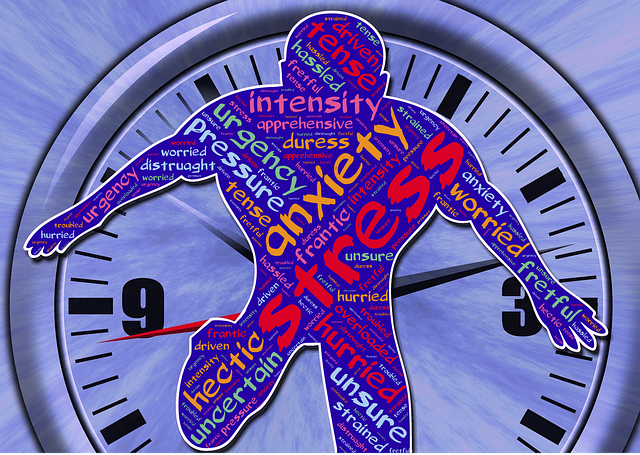In a previous post I discussed the complexity of trauma and the need to adopt treatment practices that recognise and respect this complexity. Bessel van der Kolk in his book, The Body Keeps the Score: Mind, brain and body in the transformation of trauma, expresses serious concern with the overreliance on medication to treat trauma, especially for returning veterans suffering from PTSD. He contends that “drugs cannot cure trauma” but only serve to “dampen down” manifestations of a “disturbed physiology” such as violence, overwhelm and uncontrolled anger. He argues that the side effects of reliance on drug therapy include addiction, lessening the capacity for self-regulation and blocking the senses that otherwise would be the source of pleasure and motivation, emotion and pain. In his view, the treatment aim is not to “blunt emotional sensitivity” but to achieve integration of the traumatic experience into a person’s “arc of life”.
Bessel argues that a traumatised person’s basic challenge in recovery is to re-establish ownership of themselves – the whole person, mind, body and soul. He contends that this plays out as a fourfold challenge – (1) developing ways to become focused and calm, (2) sustaining calmness when confronted with stimuli such as noise, images and smells that otherwise would trigger a traumatised response, (3) becoming fully engaged with life and relationships and (4) being open to one’s real self without hiding behind “secrets” that are designed as self-protection (e.g. against shame and self-loathing). Bessel suggests that the effectiveness of each of the four approaches can vary with the individual and the stage of the healing process. He illustrates through case studies that the healing journey can be a life-long process with occasional or frequent relapses.
Bessel maintains that, in the long run, confronting the traumatic event(s) in all their horror is necessary for healing. However, he cautions about rushing this process without first building a person’s capacity to cope with the fullness of the “visceral imprint” and its related sensitivities (e.g. to specific sounds, smells, thoughts). Confronting the harsh reality of the precipitating event(s) too soon, when the person is ill-equipped, can lead to an individual being re-traumatised.
Bessel contends that the focus of recovery has to switch from the “rational brain” to the “emotional brain” which manifests trauma in the form of physical sensations impacting the heart, breathing, voice, gut and movement of the body (e.g. resulting in bodily movements “that signify collapse, rigidity, rage or defensiveness”.) The overall aim is to restore the “the balance between the rational brain and the emotional brain”, because in a traumatised person the rational brain is often overwhelmed by the emotional brain that can “see” danger where it does not exist and inappropriately activates a fight, flight or freeze response
Healing modalities for trauma that recognise the mind-body-emotion connection
Throughout his book, Bessel discusses a range of trauma healing modalities that he has researched and practiced with his clients. His approach is quite eclectic, drawing on both Western and Eastern healing traditions. He demonstrates through case histories that one modality more than another, or a particular mix of modalities, may prove effective in individual cases. He appears to adopt a trial-and-error approach to achieve the best fit for a traumatised individual, informed in part by their life skills and the precipitating trauma event. Some of the healing modalities he adopts are identified below:
- Controlled breathing – here he encourages slow, deep breathing that that tap into the parasympathetic nervous system and its capacity to reduce arousal and induce calm. Breathing also serves to enhance oxygen flow to energise the body.
- Movement modalities – these can include Tai Chi, yoga, martial arts and the rhythmic movement associated with African drumming. Bessel notes that each of these modalities simultaneously involve not only movement but also breathing and meditation.
- Mindfulness practices – Bessel points out that traumatised people often avoid their challenging feelings and related bodily sensations. Mindfulness which generates self-awareness enables the traumatised person to notice their feelings and sensations and the precipitating triggers. This can lead to emotional regulation, rather than emotional overwhelm which can occur when people try to ignore or hide their real feelings and sensations. Peter Levine’s “somatic experiencing” approach is an example of a related mindfulness practice that can contribute to healing trauma.
- Singing – can engage the whole person (body, mind, soul and emotions). Effective singing requires appropriate posture and breath control, opening up the airways and, at the same time, releasing emotions. In group sessions with singing teacher, Chris James, I have often observed the spontaneous flow of emotions as people, both men and women, become more engaged and absorbed in the process, learn to let themselves go and find their “natural voice”. Chris maintains that singing enhances “vibrational awareness”, engenders “self-discovery” and builds “conscious presence”.
- Chanting and mantra meditations – chanting can reduce depression, increase positivity and heighten relaxation. It has been proven to be effective in helping veterans suffering from PTSD. Tina Turner found Buddhist chanting to be very effective in overcoming her trauma and re-building her singing career. Likewise, mantra meditations (that typically incorporate chants) can lead to calm, peace and energy and enable reintegration of body, mind, emotion and spirit.
Reflection
Bessel encourages the use of multiple healing modalities when working with traumatised individuals. He suggests too that the modalities described above can help anyone deal with life’s challenges, restore balance and build energy. As we grow in mindfulness through meditation and related mindfulness practices, we can gain self-awareness, develop self-management and heal from trauma and the scars of adverse experiences, whether in childhood or adulthood.
___________________________________
By Ron Passfield – Copyright (Creative Commons license, Attribution–Non Commercial–No Derivatives)
Disclosure: If you purchase a product through this site, I may earn a commission which will help to pay for the site, the associated Meetup group, and the resources to support the blog.









